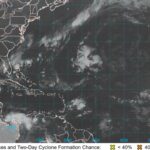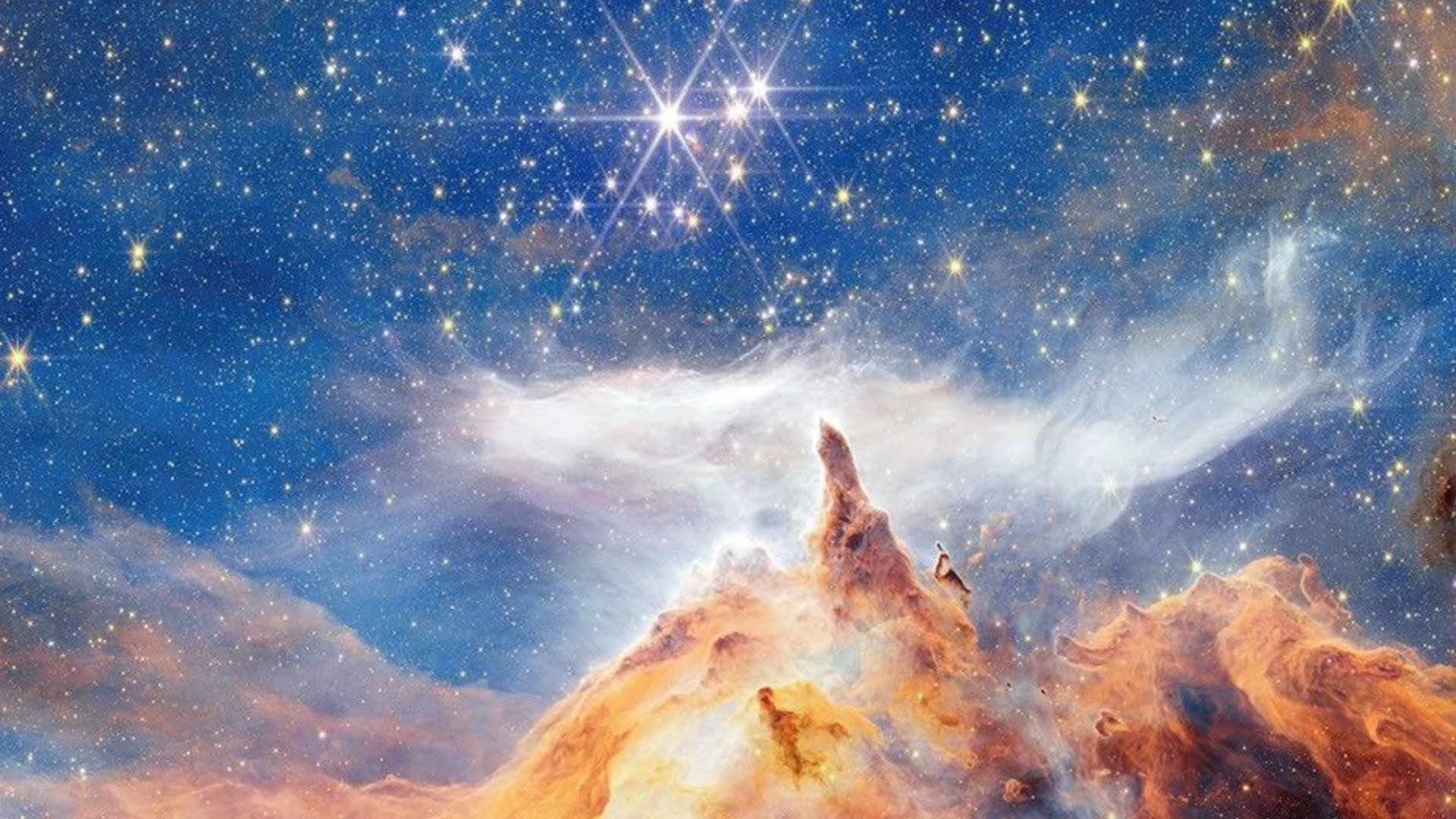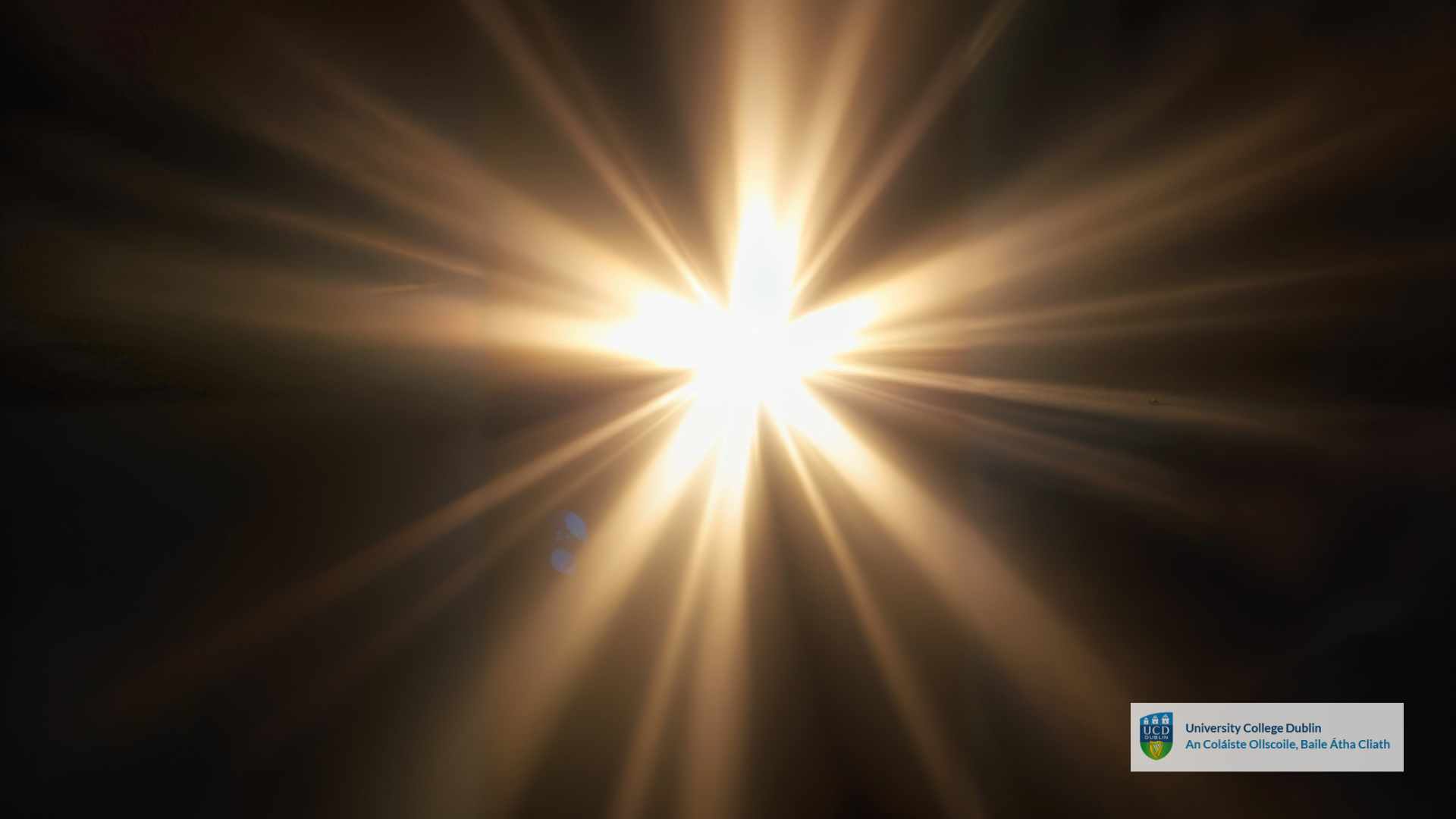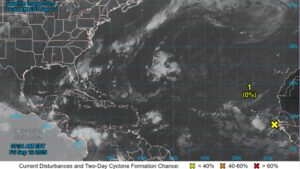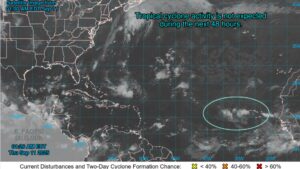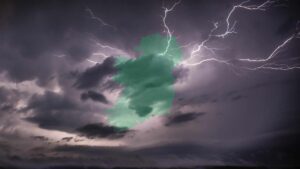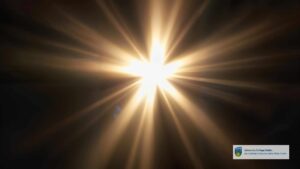
Geomagnetic storm raises potential for Northern Lights display

A celestial display may light up Ireland’s skies this weekend, as a powerful geomagnetic storm triggered by a massive solar eruption heads toward Earth.
The U.S. National Oceanic and Atmospheric Administration (NOAA) has issued a G4 (Severe) geomagnetic storm watch for Sunday, June 2, due to the expected arrival of a potent coronal mass ejection (CME) launched from the Sun on the evening of May 30.
This CME—a colossal burst of solar plasma and magnetic field—is expected to strike Earth’s magnetic field late on Sunday, potentially triggering vivid auroras across northern latitudes, including parts of Ireland. NOAA forecasts suggest that geomagnetic conditions could intensify rapidly upon arrival, possibly reaching G3 (Strong) levels initially, with an increasing chance of reaching G4 as the storm develops.
For skywatchers across Ireland, this means there’s a real possibility of seeing the aurora borealis, commonly known as the Northern Lights, far farther south than usual. Normally a phenomenon reserved for the Arctic Circle, strong geomagnetic storms can cause the auroras to dip down over northern Europe, including Ireland, Scotland, and even parts of northern England.
Experts caution, however, that while the potential is high, the exact timing and strength of the storm remain uncertain. The true nature of the CME won’t be fully understood until it reaches solar wind observatories located about one million miles from Earth. These spacecraft will help determine key magnetic properties that influence whether auroras will be visible—and how far south they’ll extend.
If conditions align—specifically, if the CME’s magnetic field is southwardly directed—it could lead to bright, shimmering curtains of green, red, and purple light dancing across clear Irish skies late Sunday into the early hours of Monday.
Skies over Ireland on Sunday night into early morning are expected to be largely clear.
Cloud cover and light pollution will remain the main obstacles for observers, so the best viewing chances will be in rural areas with dark skies and an unobstructed northern horizon.
CME arrival at Earth is anticipated and a G4 Watch is now in effect for 2 Jun. CME arrival later on 1 Jun could lead to G3, with G4 potential increased on 2 Jun, and as CME passage weakens, G1-G2 still possible on 3 Jun. Full story at https://t.co/1XbPMluPTX pic.twitter.com/XWAb6H77Kw
— NOAA Space Weather Prediction Center (@NWSSWPC) May 31, 2025
NOAA notes that the geomagnetic storm could continue into Monday, June 3, with levels gradually subsiding by Tuesday, June 4. Even as the intensity tapers off, G1–G2 (Minor to Moderate) storm conditions could still bring auroral activity.
This solar storm follows a recent uptick in solar activity as the Sun approaches the peak of its 11-year solar cycle, expected around 2025. Such events not only produce visual spectacles but can also have impacts on satellite operations, GPS signals, and power grids—though disruptions are unlikely at the current predicted levels.
For now, hopeful skywatchers are urged to stay updated through reliable space weather sources and to keep their eyes on the skies on Sunday night—because the auroras might just pay Ireland a rare and radiant visit.
